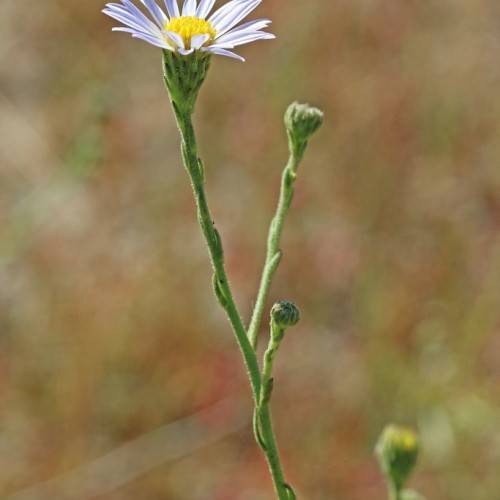
Marsh Alkali Aster
Almutaster pauciflorus
Also Known As - Few Flowered AsterWatering:
Minimal
Hardiness Zone:
Sun:
full sun,part shade
Leaf:
Yes
Growth Rate:
Low
Drought Tolerant:
Yes
Salt Tolerant:
Yes
Care Level:
Medium
watering
Marsh Alkali Aster requires regular watering during the growing season. Water should be applied once a week when soil is dry and the top few inches feel dry when lightly pressed. Do not overwater this species as it can lead to root rot and other problems. During the hot summer months, water more often; typically 1-2 times a week. During the winter, water less often, usually just enough to keep the soil from drying out completely. If the soil stays too wet, the plant can suffer from issues such as root rot. Avoid standing water around the plant and make sure it's in an area that receives adequate drainage.
sunlight
Marsh Alkali Aster is an herbaceous perennial plant species that prefers full sun and moist, well-drained soils. It thrives in sunny sites with temperatures between 70 to 90 degrees Fahrenheit. The plant should receive at least 5 hours of direct sun each day for optimal growth, flowering and development. It should be planted in an area that is exposed to a maximum amount of sunshine throughout the day. During the hottest parts of the day, this plant should be shaded to protect it from the intense heat. In addition, it should be watered frequently, especially during dry spells.
pruning
Marsh Alkali Aster should be pruned in late winter or early spring when it is still dormant. Start by cutting back about 1-third of the plant's stems, focusing on those that are older and woody. This will also promote bushier growth. Make clean cuts just above an outward facing bud and maintain the plant’s natural form. To preserve the blooms of Marsh Alkali Aster, prune away any spent flowers and cut stems that no longer have buds. This will promote continued flowering throughout the summer.
